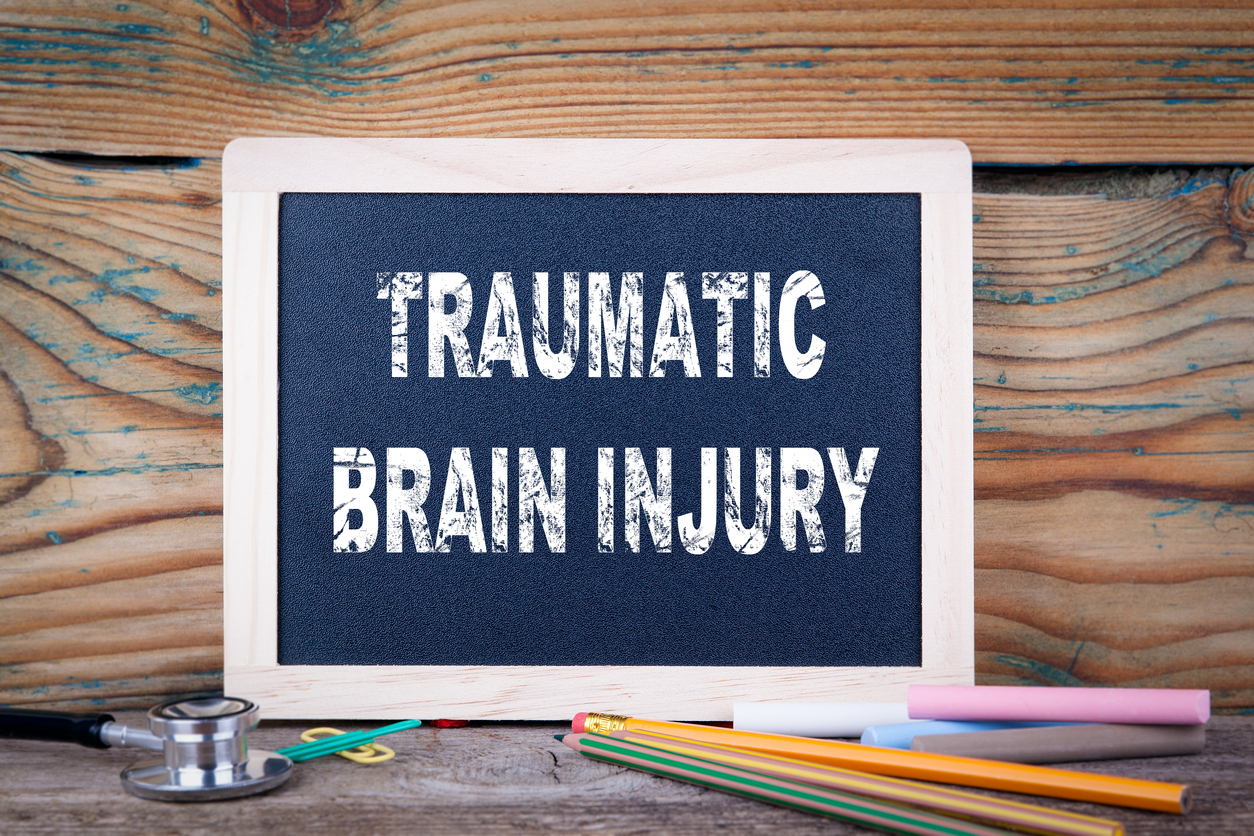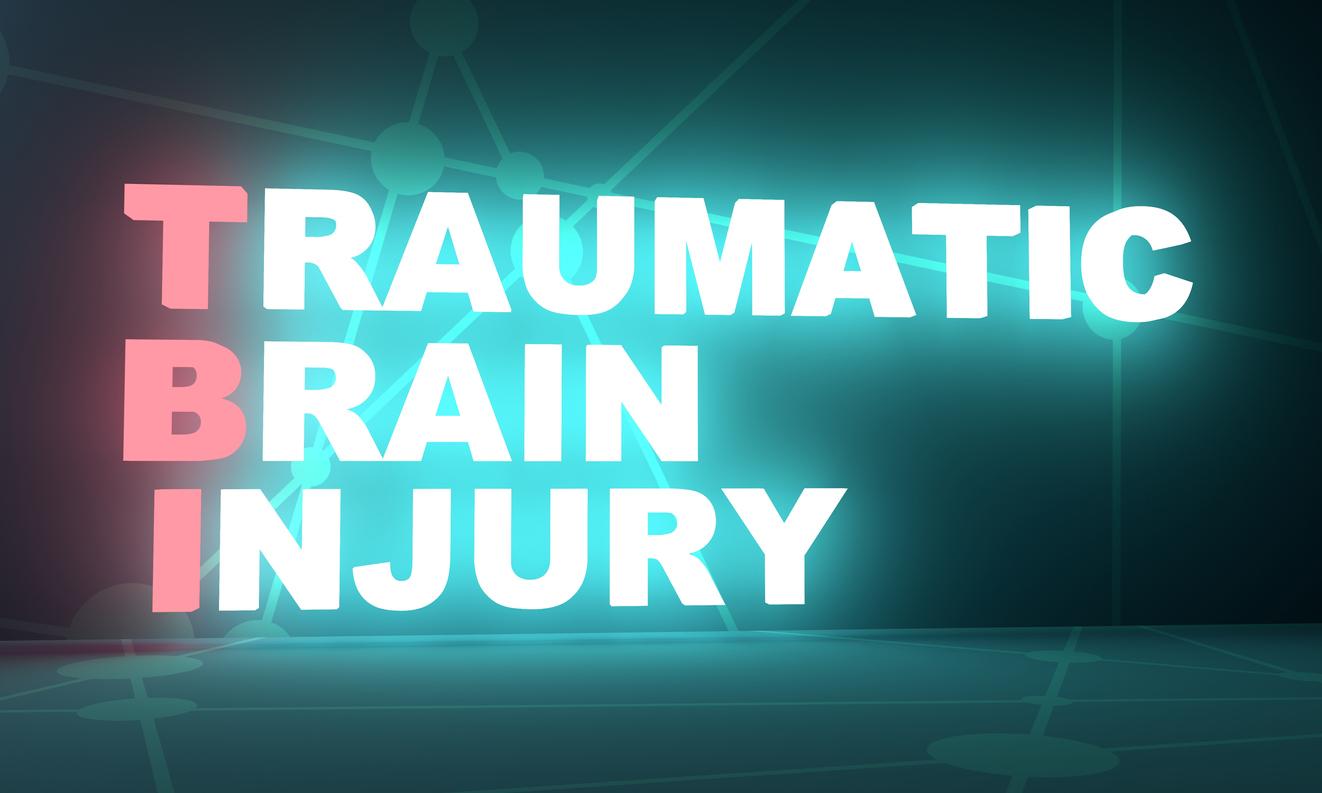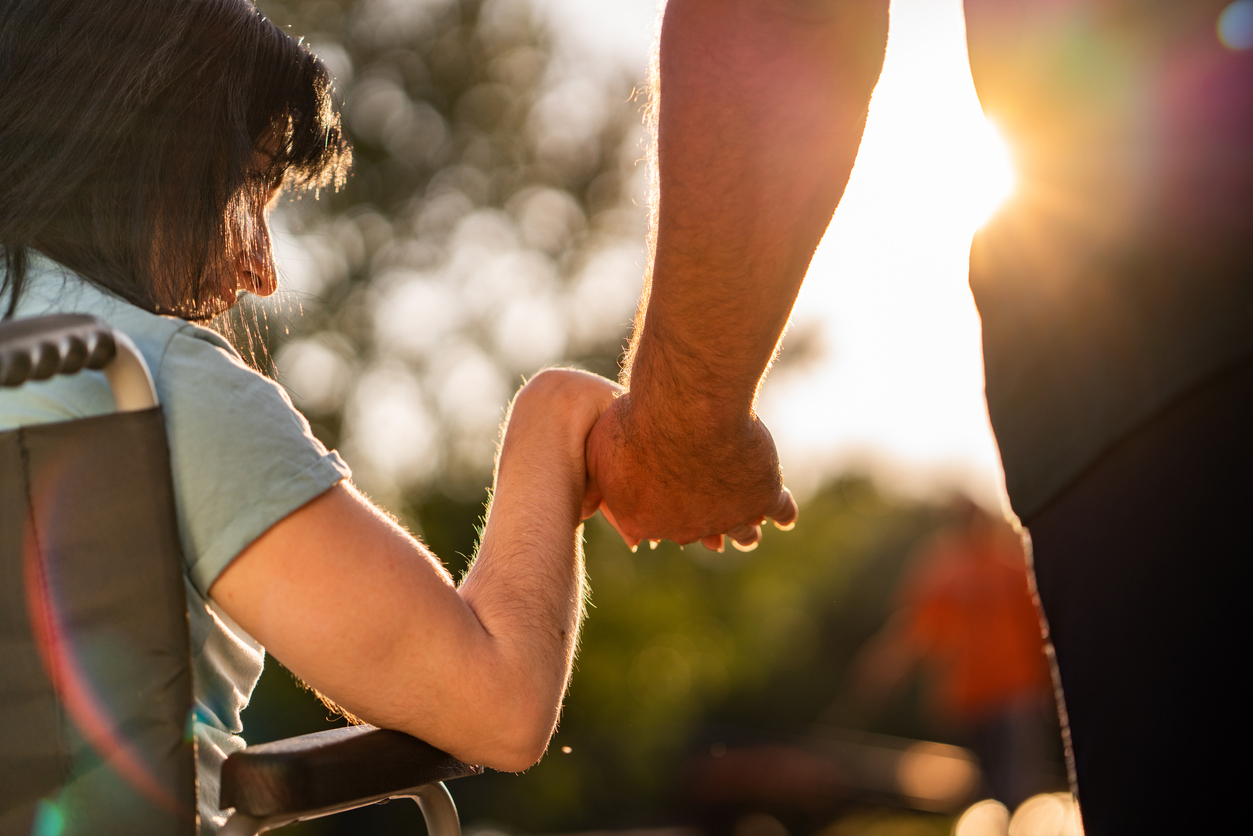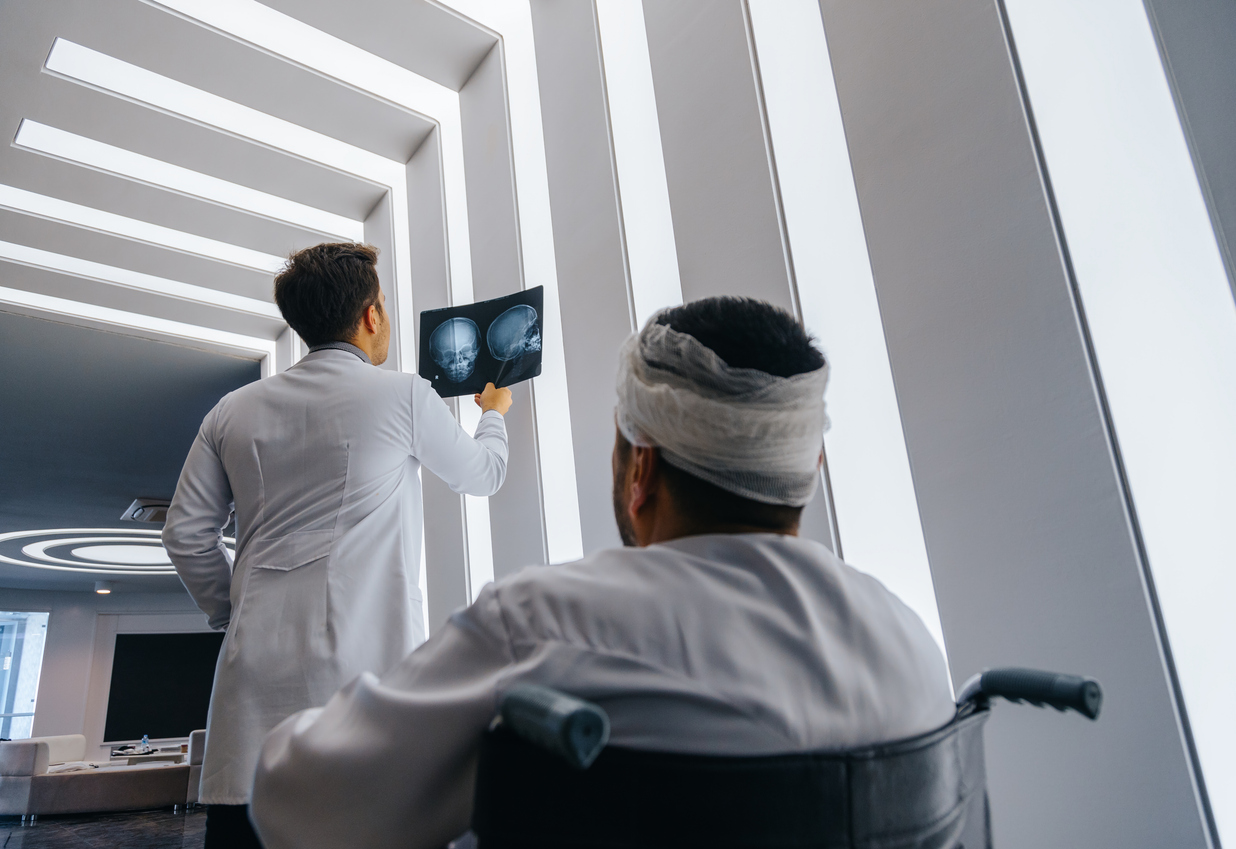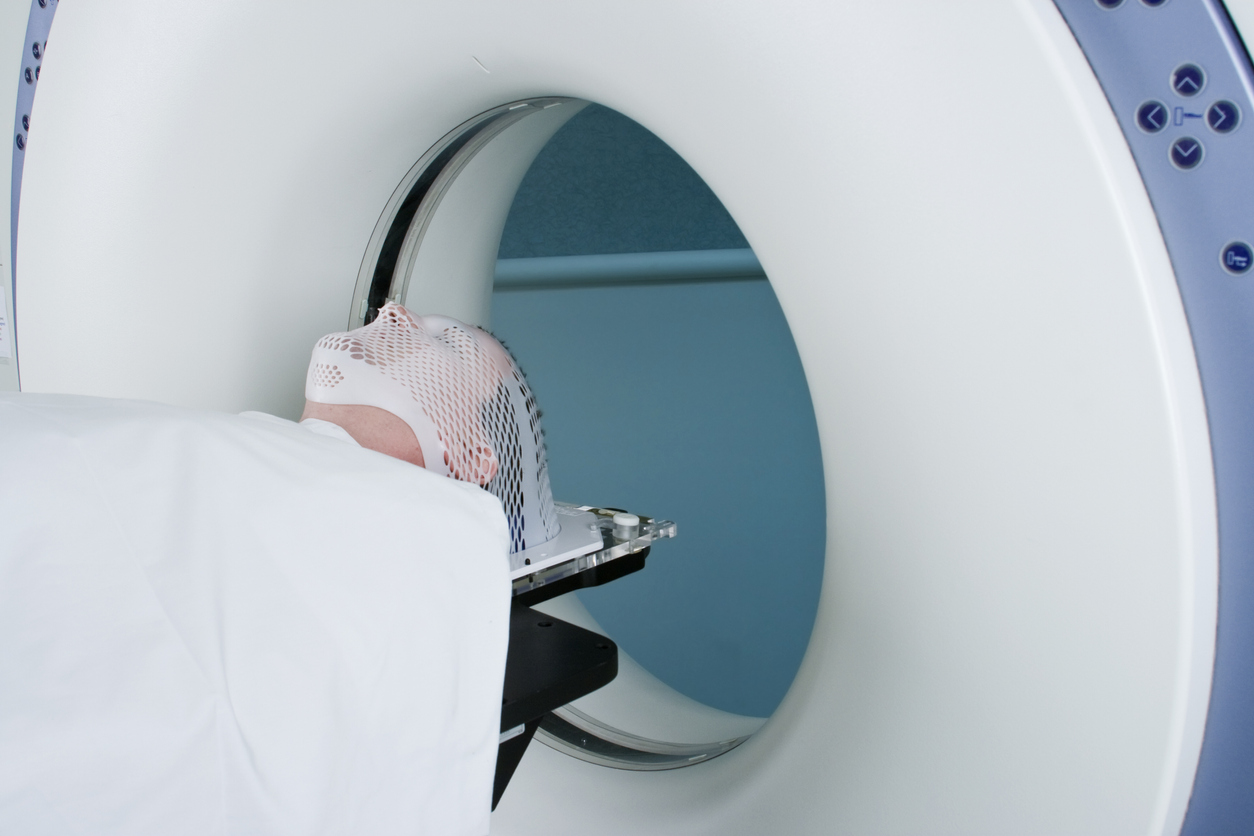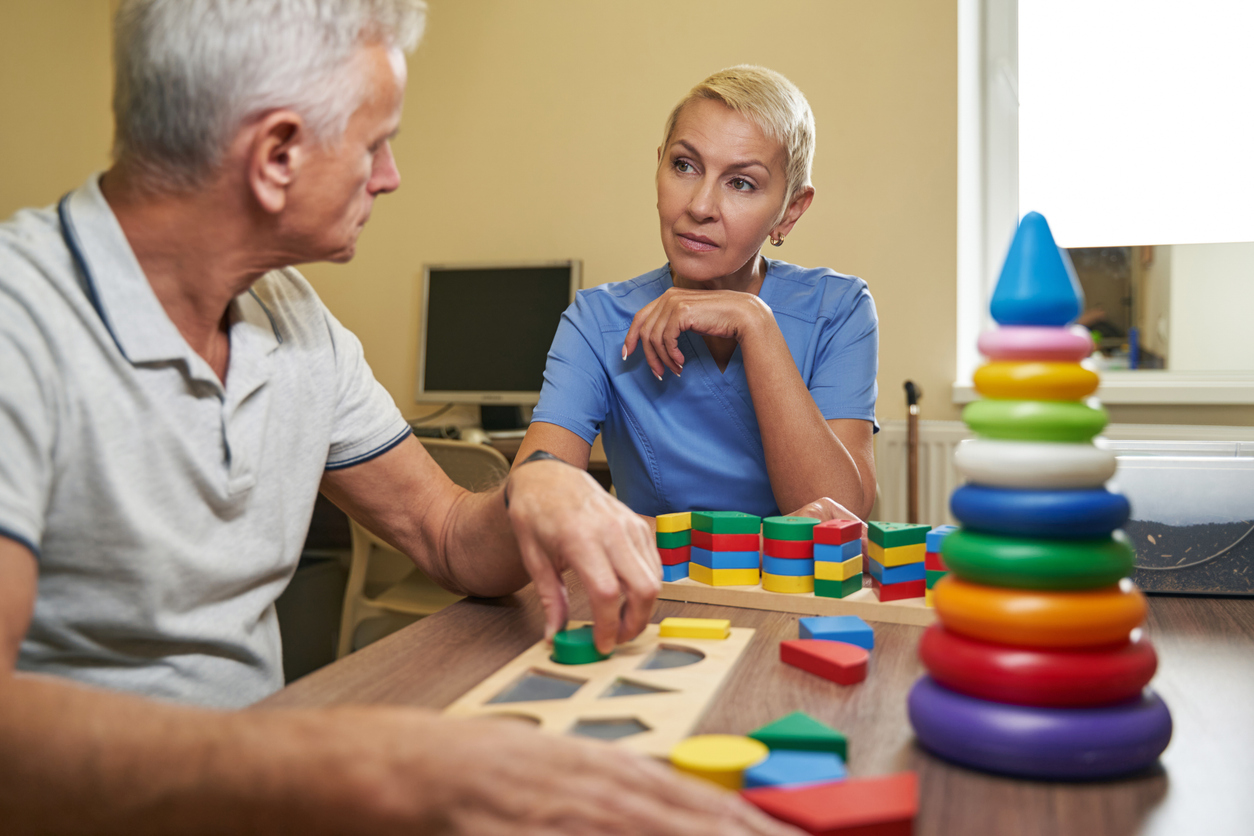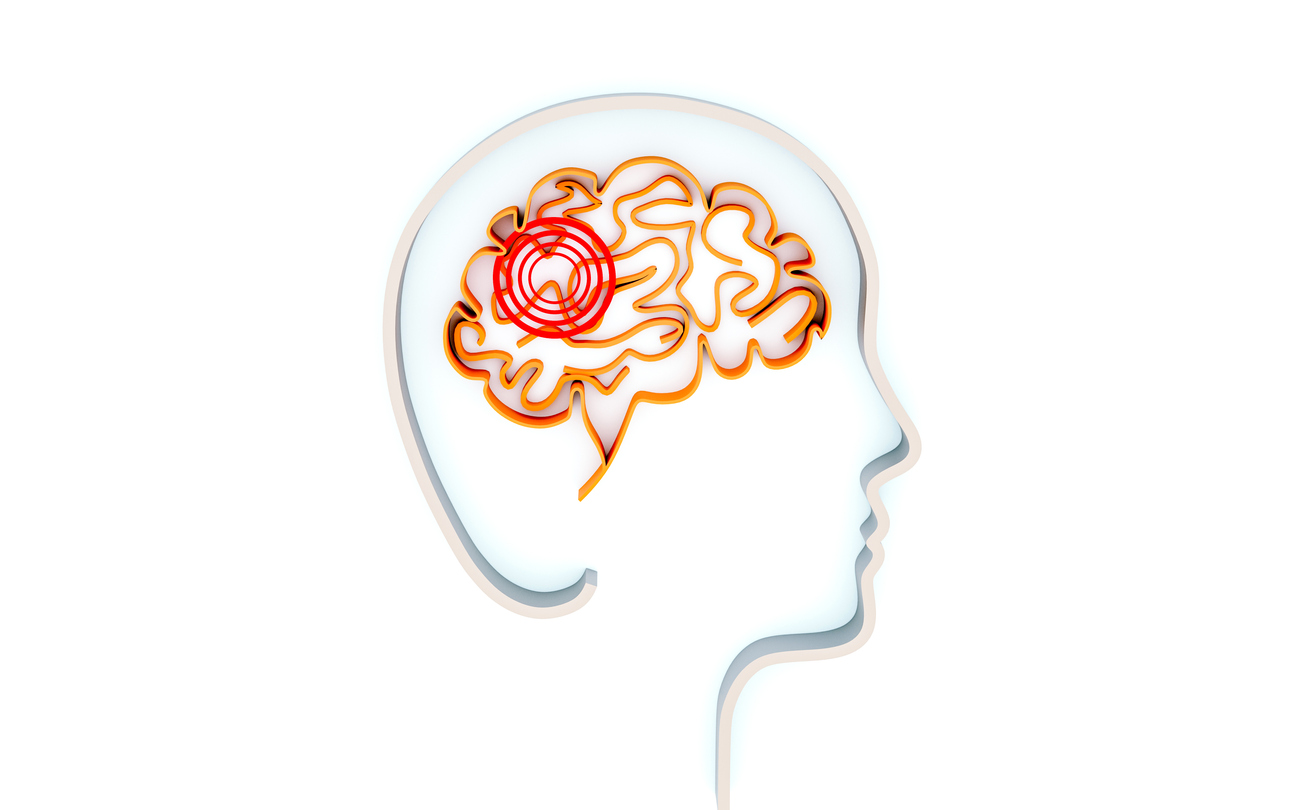Pain
What Is Concussion Therapy and Rehabilitation?

What is a concussion?
A concussion means that the brain is confused. It is the most common type of traumatic brain injury. A traumatic brain injury (TBI) is a type of brain damage that occurs as a result of an injury to the head. This type of injury may be non-penetrative, such as a blow to the head, or penetrative, such as a gunshot wound. The severity of a TBI depends on various factors, and the lasting effects can range from a few days to permanent brain damage or, in severe cases, death.
What is post-concussion syndrome?
Post-concussion syndrome, or PCS, is a condition that involves prolonged symptoms following a concussion or a mild traumatic brain injury. It can occur within days of a brain injury, or may take weeks to appear. A concussion or post-concussive syndrome can appear without the loss of consciousness during a TBI. PCS does not appear to be linked with the severity of the brain injury.
Therapy for a concussion
A concussion requires mental and physical rest following the injury. Daily activities can gradually be reintroduced as long as symptoms do not worsen. However, if post-concussion syndrome is diagnosed, or if symptoms are prolonged and include changes in vision, balance problems, or thinking and memory issues, therapy or rehabilitation may be needed. Examples include, but are not limited to, the following:
- Psychotherapy, commonly referred to as “talk therapy,” is a type of mental health care that involves working with a therapist in a supportive environment to improve mental well-being. This is done through specific techniques, such as identifying and changing negative patterns in thinking and behavior or learning strategies to help manage and respond to stress.
- Cognitive behavioral therapy, or CBT, is a common type of psychotherapy; it is a combination of cognitive therapy, which focuses on moods and thoughts, and behavioral therapy, which focuses on actions and behaviors. It involves learning how to identify and change inaccurate or negative thoughts and behavioral patterns in order to respond to stressful situations in a more effective way.
Rehabilitation therapy for a concussion
Rehabilitation therapy frequently begins in the hospital and then continues either through outpatient services, an inpatient rehabilitation unit, or a residential treatment facility. Types of rehabilitation therapy include speech, physical, balance, occupational and psychological.
- Speech therapy may be needed for communication problems. It is beneficial for attention, memory, language, and executive functioning. Oftentimes, speech therapy is necessary to return to daily activities, such as work or school.
- Physical therapy or balance rehabilitation can help with dizziness, vertigo, headaches caused by activities, movement, and balance. A concussion can cause difficulty with the vestibular system processing and responding to movements. The vestibular system is responsible for sending information to the brain concerning balance when changing positions.
- Physical therapy for neck pain or headaches is beneficial if the muscles around the cervical vertebrae are affected due to an injury causing a concussion. Orthopedic physical therapy uses hands-on exercises and techniques to work with the musculoskeletal system located toward the top of the neck.
- Occupational therapy for vision rehabilitation may be necessary if the brain’s visual system is injured. It helps with double vision, blurriness, light sensitivity, and abnormalities in the vision resulting from a concussion.
- Psychology rehabilitation is beneficial to treat anxiety or depression that may develop following a concussion. Coping strategies and skills include adjusting to stressors.
Additional source: University of Utah Health

